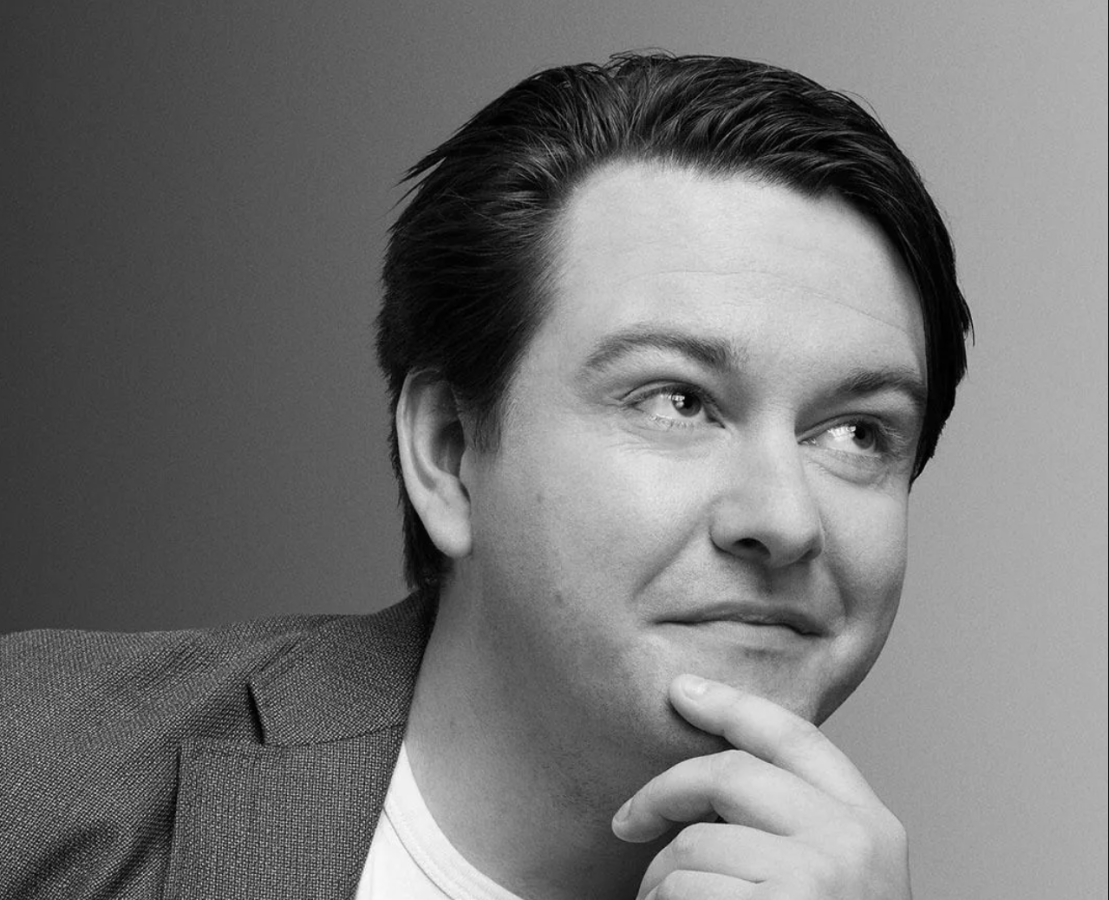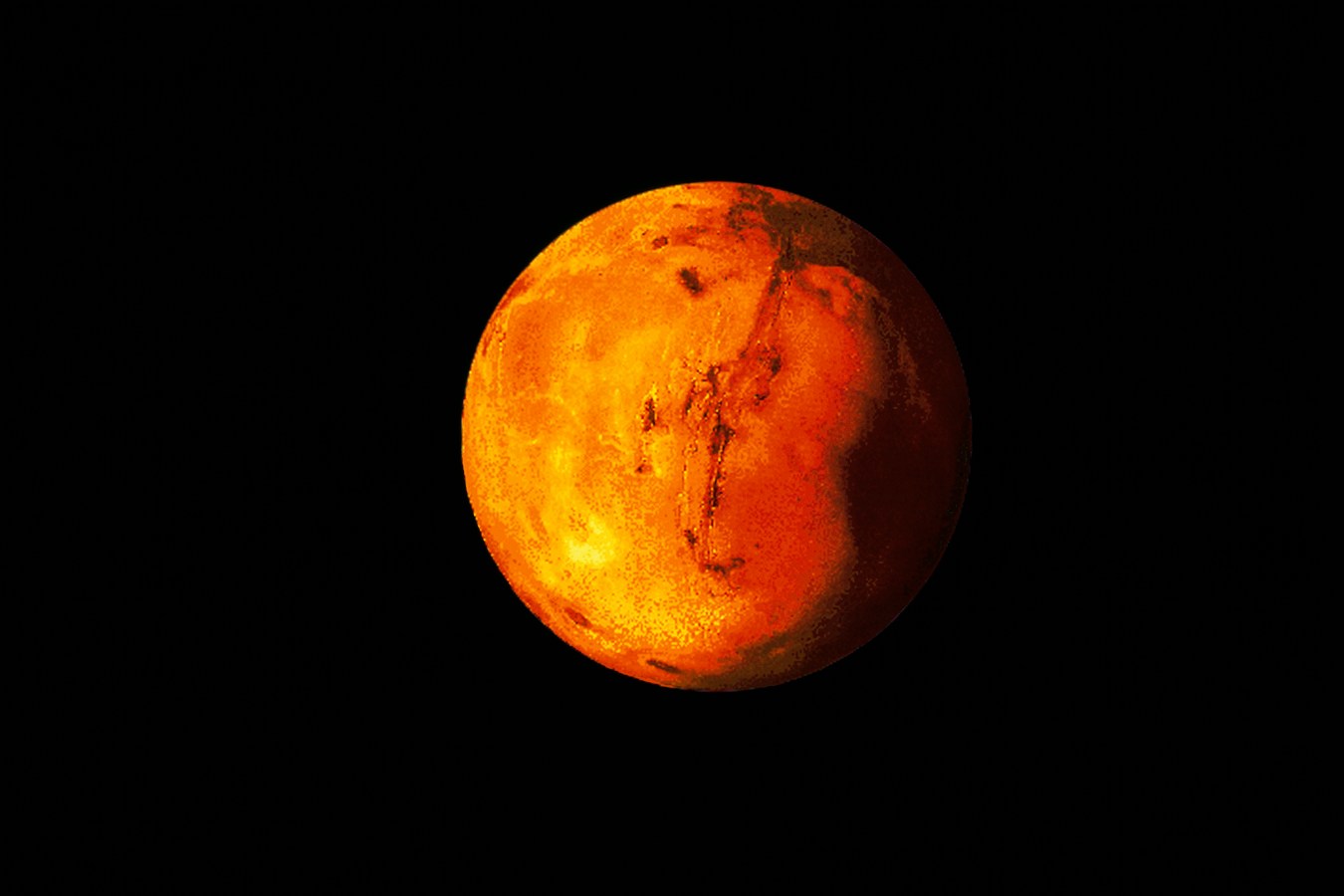Hollywood’s largest actors union on Wednesday announced it has reached a deal that will allow actors to sell the rights to replicate their voices using artificial intelligence to advertisers on a brand-by-brand basis, one year after use of AI in the film industry helped spark an actors strike that lasted nearly four months.

The SAG-AFTRA building.
AFP via Getty Images
Key Facts
Through the new agreement, actors can agree to allow certain brands to replicate their voices using AI for audio ads with pre-approved scripts.
Performers will connect with advertisers using Narrative, a third-party platform that works directly with the advertisers to create the audio spots, and can approve or deny requests on the spot.
Performers can specify which brands or industries they are willing to work with, consent on a job-by-job basis and see the proposed audio copy for each ad before they accept the deal, which SAG-AFTRA says “ensures fair compensation and transparency.”
Crucial Quote
“This streamlined process allows performers to generate income while maintaining full control over their brand and likeness,” SAG-AFTRA said in a statement.
Key Background
The use of artificial intelligence to replace the work of actors and other creatives in Hollywood has been a point of contention for years as AI becomes more prevalent across industries. Last year, both SAG-AFTRA and the Hollywood writers union, the Writers Guild of America, went on strike to protest a number of issues, chief among them the use of AI.
Actors wanted to secure protection for their images and performances from AI and writers wanted to limit the use of artificial intelligence in the writing process. Writers ultimately reached a deal that said AI could not be used to write or rewrite scripts, and that protects writers from having their scripts used to train AI without their consent.
The actors’ agreement said performers had to provide explicit consent for their likeness to be used in digital replicas and the union must be involved in any use of synthetic performers—meaning anytime AI is used to fully replace a performer who would have otherwise had to fulfill a role in person.
Hollywood disagrees and denies
Several big-name celebrities have come forward in the last year to deny their involvement in advertisements that appear to use their name, likeness and voice. Actor Tom Hanks last year said he had “nothing to do with” advertisements for a dental plan that were circulating online using an “AI version of me.”
CBS News anchor Gayle King last year said she was not involved with a weight loss firm named Artipet that she says “manipulated” an existing video of her “to make it seem like I’m promoting it.”
Steve Harvey and Taylor Swift were among the celebrities whose likeness was reportedly being used to promote Medicare scams online, and Luke Combs, Miranda Lambert, Garth Brooks and other country stars had their images used to promote weight loss gummies on Facebook and Instagram.
Renown studios welcome AI
Some studios have already used extensive artificial intelligence in productions. Artificial intelligence was used to “de-age” actors Harrison Ford in “Indiana Jones and the Dial of Destiny” and Mark Hamill in “The Mandalorian.”
AI has also been used to bring actors into a scene posthumously. Carrie Fisher, for instance, died before finishing filming for “Star Wars: The Rise of Skywalker,” and CGI was used to compile her scenes. The same was done for Paul Walker in ‘”Furious 7″ and Harold Ramis in “Ghostbusters: Afterlife.”


